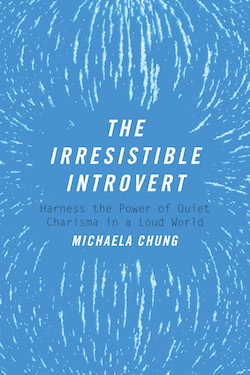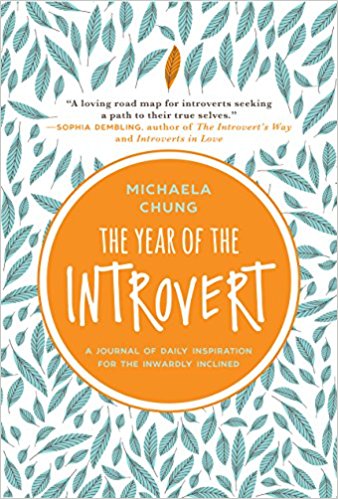
Can’t stand loud noises, crowded rooms, or bright lights? Do you usually avoid overstimulating places or situations? You’re not alone as many introverts are sensitive to external stimuli. According to a study, about 70 percent of sensitive people are introverts. One reason why most introverts are highly sensitive is because they are deeply reflective, taking time to process information thoroughly before coming to a conclusion. In contrast, extroverts will take in information and move on to the next thing right away.
Being constantly aware of everything that’s going on around you can make you feel overwhelmed or anxious. While it’s impossible to control factors like noise levels, lighting, or strong smells in public places, there’s no reason why you shouldn’t make your home more comfortable to manage your sensitivity.
Start by redecorating your bedroom since it’s likely where you spend the most time when you’re at home. By using mindful decorating techniques, you can turn your space into a haven of calm. To create a sleeping environment without sensory triggers, here are some bedroom design hacks for sensitive introverts.
Incorporate the Right Textures
Introverts cherish their alone time, and it’s why most of them value their bedrooms. A recent study indicates that the average person spends about 9.31 hours per day in the bedroom, but introverts can easily spend half or even one whole day inside their room as they thrive in solitude.
For this reason, your bedroom should be the ideal place for sleeping, engaging in hobbies, or just enjoying the serenity of your own company. Using the right materials can prevent sensory overload while you’re staying in, so if you’re a sensitive introvert you need to know your triggers and avoid having them in your bedroom.
For instance, if artificial fabrics like polyester or acrylic make you feel anxious, itchy, or uncomfortable, never choose these materials when shopping for bedsheets, pillow cases, or duvet covers. Instead, pick natural textiles like cotton which is light and breathable, or bamboo fabric which has a smooth and silky feel. For comfort and coziness, add a chenille or sherpa blanket to your bed.
Both fabrics feel incredibly soft, plush, and velvety to the touch, and they’re great for keeping warm on rainy or snowy days. You may also want to have a rug on the floor to dampen sounds, create a quieter atmosphere, and have a soft place to step on. Consider placing a thick rug pad under your rug to increase softness and maximize comfort.
Choose a Calming Decorating Style
Following a decorating style or theme can help to give your bedroom a cohesive look and create a harmonious environment. However, some decorating styles can be overwhelming for sensitive introverts since they use a lot of strong colors, and previous studies have shown that colors like red, orange, or yellow can have a negative effect on introverted individuals.
What’s more, poor execution of certain themes can make bedrooms look messy and chaotic. For this reason, avoid the maximalist style at all cost, as well as “loud” themes like art deco, eclectic, Hollywood Glam, or 80s style.
To create a calm and relaxing vibe in your space, think about choosing a decorating style that encourages the use of soft colors, natural elements, and minimal decor. Think Scandinavian, Japanese, or the trendy combination of these two aesthetics called Japandi. All three have an emphasis on minimalism, and if you prefer a theme that’s simple and budget-friendly, go with Scandinavian design.
You can easily get the look by using wood or reclaimed wood furniture, as well as decorative items like wooden poster size picture frames to display botanical prints or minimalist Nordic line art. Add a sheepskin throw and rug, and one or two potted plants to complete the aesthetic.
Create a Soothing Environment
If you’re triggered by extreme temperatures, loud noises, overly bright lights, or awful smells, take time to improve your bedroom’s overall atmosphere. Install a smart thermostat which automatically adjusts the temperature of your room according to your preference, then add some drapes to your windows so you can control the amount of heat and natural light that comes in.
To reduce noise, seal gaps around windows and doors, attach acoustic panels to walls, and install carpet on your floor. Finally, to get rid of unwanted smells, do a thorough clean of your room every month in addition to your daily cleaning routine, and use a diffuser to fill your bedroom with a pleasant scent. Choose soft floral scents like chamomile or lavender, which have calming properties to promote rest and relaxation.
Sensitive introverts need a calm and restful space to make them feel more grounded and less anxious about their environment. Try these interior design hacks to create a serene bedroom, and see how these decorating tricks can enhance your wellbeing.










